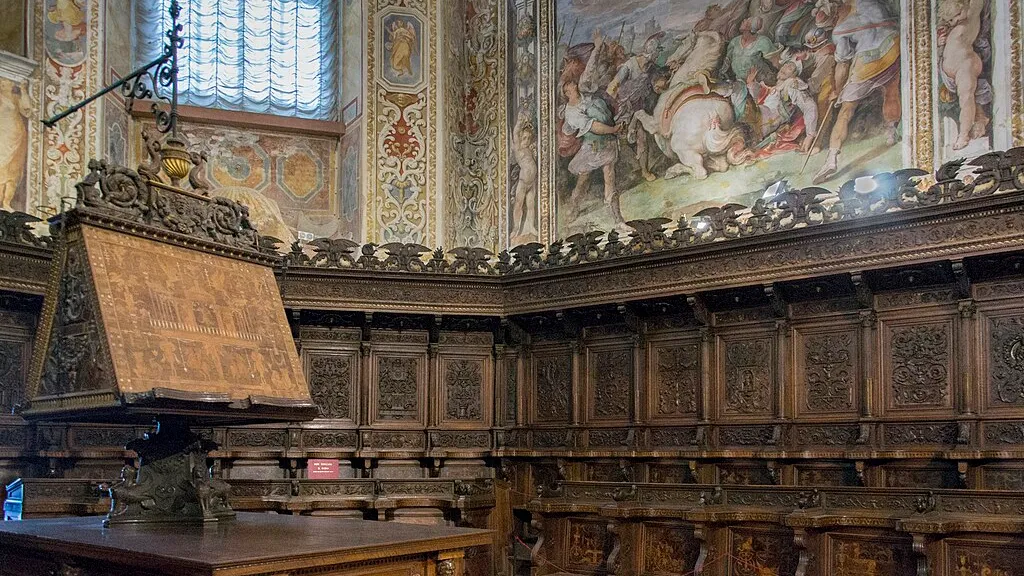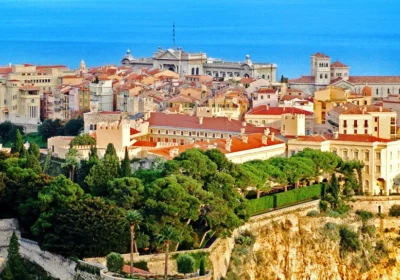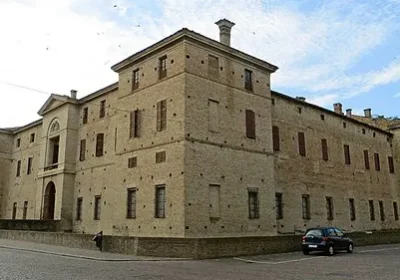Tour of St Dominic’s Basilica, Archaeological Museum and St Peter’s Church.
St Dominic’s Basilica – A ruined 13th century church was rebuilt in the 17th century with Baroque elements. A covered arcade-cloister and a Gothic window remain from the original building. The height of the bell tower reached 126 metres in the 16th century, but part of the tower was demolished for fear of collapse. Inside there is an altarpiece by Agostino di Duccio (1459), a stained glass apse of the XIV century 23 metres high, a monument to Pope Benedict XI, a fine example of Gothic sculpture, and wooden choirs. The Basilica is the largest church in the city. The courtyard with columns is very well preserved. The monastery courtyard adjoins the basilica. Inside the church there is a late Gothic stained glass window of 21×8.5 m2.
National Archaeological Museum of Umbria – located in the building of the former Dominican monastery of San Domenico. In 1790, local aristocrat Francesco Filippo Fridgieri donated his collection of rare objects to the city, which gave rise to the museum. The museum’s collections have since been expanded: in 1921 it acquired Bellucci’s prehistoric and palaeontological collection, and in 1948 it exhibited finds from archaeological excavations in Chetona, near Siena.
Today in the museum’s halls you can see various Palaeolithic and Eneolithic objects found mainly in Umbria and dating back to the Bronze and Iron Ages. They belonged to the first inhabitants of the Apennine peninsula, who arrived here in the 16th and 17th centuries BC.
The Etruscan collection is of particular importance. It dates from the so-called Villanova period (IX-VIII centuries B.C.).
Richly decorated artefacts from Hellenic tombs can also be seen here: urns, sarcophagi, vases, gold and bronze objects and weapons.
A real gem of the museum is the so-called “Cippo di Perugia” from the III-II centuries B.C., which is the longest cipher ever discovered. – The longest Etruscan inscription ever discovered. It represents a boundary marker with an announcement between the Veltina and Afuna families about the delimitation of land ownership.
The Basilica of San Pietro is the most beautiful temple of the city. The abbey built around the church is considered to bear the name of St Peter. The discreet appearance of the facades of the temple building, built in the X century, is compensated by the luxury of the interiors, decorated in the XVI-XVII centuries. The three-nave space is divided by eighteen stone columns. Ceiling plafonds, lunettes and vaults are covered with multicoloured frescoes. The coffered ceiling of the main nave was painted by Benedetto di Pierantonio. The decoration is completed by paintings by Antonio Vassilaci, Perugino, Vasari, Cerrini and Vicar. San Pietro’s collection of works is only slightly inferior in importance to that of the National Gallery of Umbria. The inlaid wooden choir is one of a kind. There you can also visit the “Medieval Garden”. It symbolises the afterlife.

















